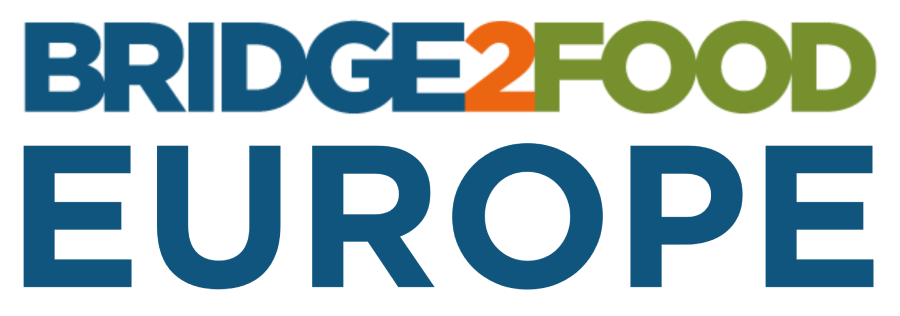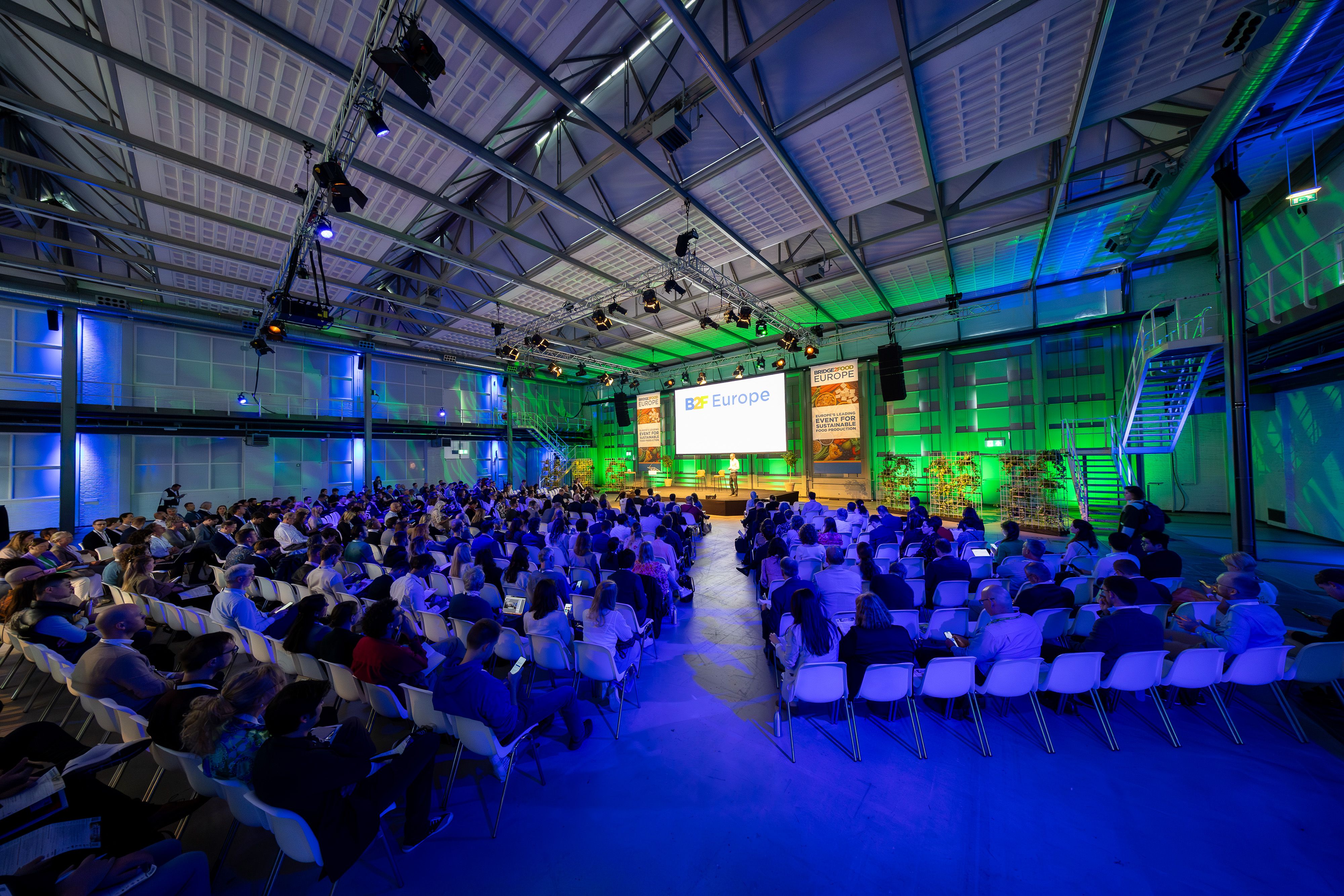Block 1: Research & Product Design: A Deeper Dive into Novel Technologies & Ingredients
Focused on advancements in processing and ingredients, this block explores the cutting edge of plant-based and alternative proteins. Participants gain insights into innovative technologies and sustainable practices, elevating their understanding of how these elements enhance the quality and functionality of products.
- Creating Differentiated Plant-Based Alternatives with Biotechnology - Andreas Bruchmann, dsm-firmenich
The presentation covers the various biotechnological approaches that can be used to improve the nutritional and functional properties in plant-based alternatives to milk. These approaches can be used to increase yield in soy beverages, create great foaming and improved coffee stability in barista applications, differentiate with health benefits according to consumer groups, among other benefits. Andreas will demonstrates the potential of biotechnology in the development of innovative, nutritious, and functional oat and/or soy-based products that can meet the needs of consumers and contribute to a healthier and more sustainable food system.
- How do you Formulate a Deliciously Fatty Meat Alternative using Cultivated Fat? - Josh Hatfield and Jack Wallmann, Hoxton Farms
Cultivated fat is the missing ingredient to unlocking meat alternatives that consumers crave. Meat alternatives available today miss the mark on taste, texture and mouthfeel leading to slowing repeat purchases across the category. This is because they use plant oil blends and have to compensate for the lack of performance with binders, emulsifiers and flavourings which dirty up the product label. Cultivated fat is real animal fat just made in a different way to address these performance issues and unlock hybrid products that consumers will love.
- Upscaling 3D Food Printing to Industrial Volumes - A Fish Filet Example - Robin Simsa, Revo Foods
In principal, Revo Foods develops new industrial technologies to enable completely new structures and textures of food products. For this, we have developed the first continuous 3D food printing approach (or free food forming approach), which enables use-cases such as complex meat alternatives or “mass customization” for the first time. The technology brings back creativity to product designers, and can lead to new innovative product features that are normally only achievable with manual work. The technology can combine multiple materials together in a desired structure, which also influences the functionality of the product (e.g., our salmon filet gets flaky because of this).


